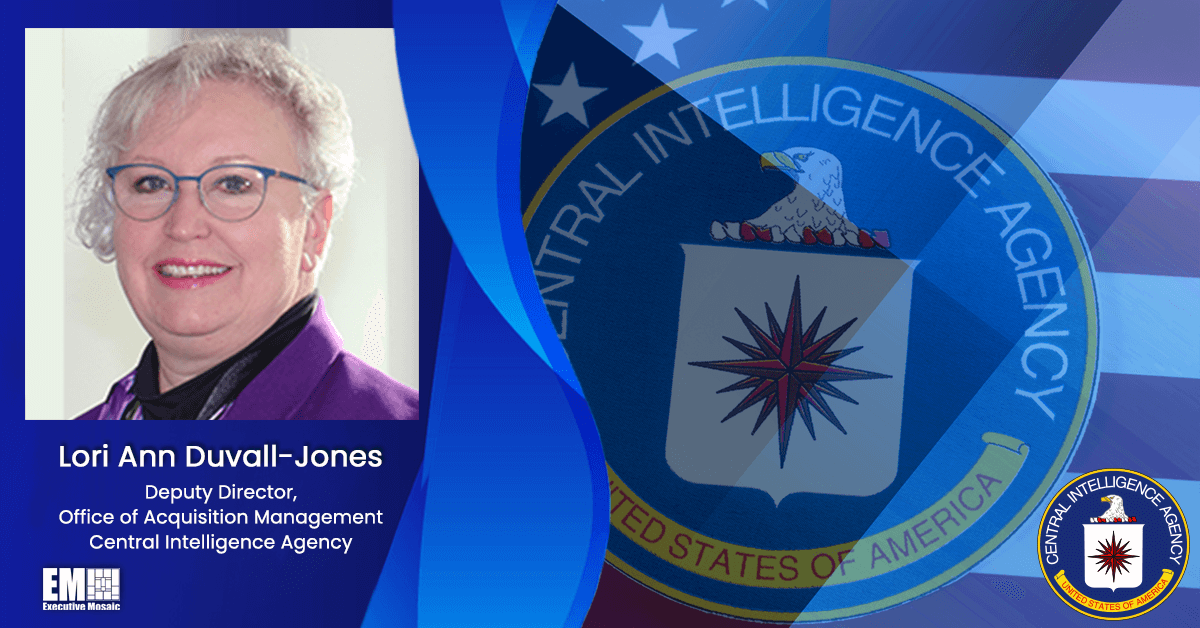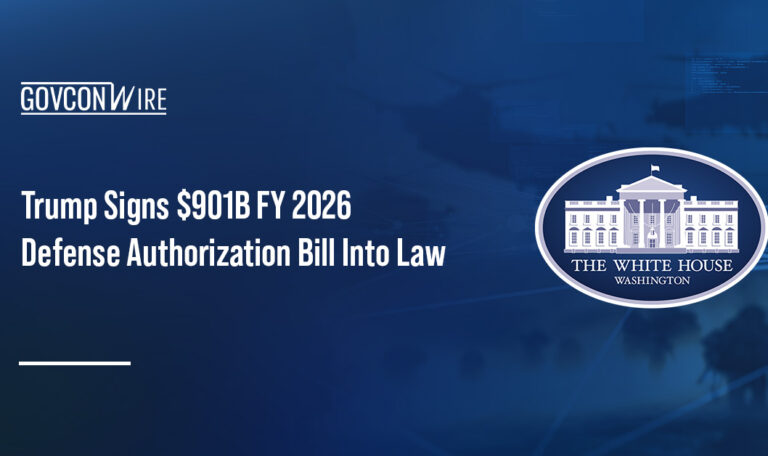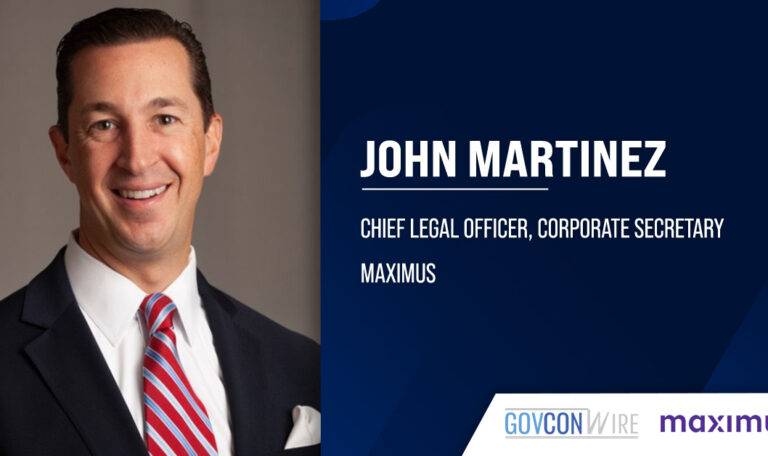In recent years, the U.S. intelligence community has established new priorities as it continues to address an array of new challenges presented in the modern intelligence landscape. As technological needs evolve, the necessity of transforming traditional acquisition methods and mindsets toward the process has been highlighted.
For the CIA to fully harness the capabilities of novel technologies, the organization must embrace the offerings of its industry partners and welcome “outside the box” lines of thought, according to Lori Ann Duvall-Jones, deputy director of the agency’s Office of Acquisition Management.
“We do not have to invent everything ourselves. We can look at industry, what they are doing and how we can bring that in to solve our problems rather than going through the long process of developing it internally,” she said during her keynote fireside chat with John McNiff, vice president of Microsoft Federal’s intelligence operating unit, at GovCon Wire’s 3rd Annual IC Acquisition and Technology Innovation Forum.
“What you have to do is help them understand the benefit of the change to solve that mission. You cannot underestimate how hard you have to work to bring your stakeholders along with you on the journey,” said Duvall-Jones.
Selecting and successfully incorporating industry-developed technologies into the CIA’s mission, she said, involves a high level of intentionality.
“Underneath it all, you really have to understand the requirements. You have to understand the problem set you are trying to solve,” she elaborated.
The concept of intentionality is not just relevant to choosing technologies, but can be applied to the methods used by the CIA to engage with industry and develop fresh approaches to viewing and solving mission-specific challenges.
One way the agency is applying this idea, she said, is through talent acquisition. The agency has recently brought a number of private sector executives into its senior leadership positions to integrate industry knowledge directly into its internal operations.
The CIA has also begun to modify its contracting processes to facilitate stronger engagement with industry.
Duvall-Jones cited the agency’s Digital Hammer contract vehicle, which allows vendors to present their offerings within the CIA space, as an example of these changes. The vehicle’s structure, she said, allows the agency to assess new capabilities and consider how to apply them to a mission set in an innovative way.
“We really value what industry brings to the table. In a lot of cases you have the ability to innovate more quickly than we can ourselves,” she said.
Within its internal workforce, the CIA has made efforts to integrate its many departments and incorporate its current technologies of interest, such as enterprise information technology, cyber and artificial intelligence, into a more connected network.
This strategy has helped the department “work across different landscapes” to “stitch together capabilities for the mission,” according to Duvall-Jones.
Educating its workforce on newly acquired technologies is a core element of keeping the CIA up-to-date with the technology required to further its mission. This understanding, said Duvall-Jones, allows the agency’s staff to train industry-developed technology on its specific mission requirements and adapt these tools to its needs.
“You cannot solve these technological challenges unless you think differently. Bringing together all these groups has allowed us to do so, solve mission problems and really look at our adversaries in new and different ways,” she said.

The Potomac Officers Club, a partner organization of GovCon Wire, will be hosting its 9th Annual Defense Research and Development Summit at the Falls Church Marriott Fairview Park on March 23. The event will bring together public and private sector leaders to consider the priorities and challenges impacting defense R&D today. To learn more and register to attend, please visit the Potomac Officers Club’s events page.















